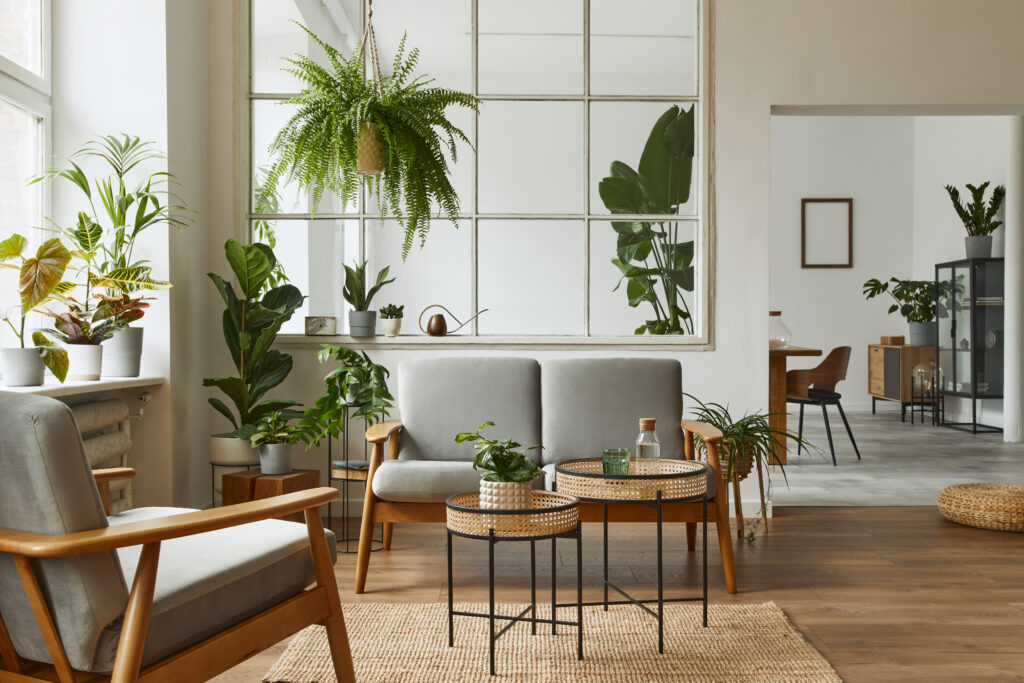
Di cosa parleremo in questo nuovo articolo:
On every trip where I have the opportunity to get close to cultures other than our own, I am fascinated by the enormous creative force that characterises human beings when it comes to building the domestic environments in which they frequently spend most of their vital time.
What all these constructions have in common, whether it be a simple hut in the Amazon rainforest belonging to some member of a nomadic society, or a small flat on the 19th floor of an apartment block in one of the world's great metropolises belonging to a settled human being from a western society, is the desire to satisfy numerous practical needs and symbolic functions.
Our first refuges, in addition to protecting us from threats and representing a safe place, in the course of the evolutionary history of our species have increasingly turned into highly complex environments that today must also fulfil numerous other functions. They are where we carry out our family and social life, where we perform a variety of daily activities; it is where we take creative freedom to make our environments unique and personalised and where we collect and store our memories.
We spend up to 90 per cent of our time in indoor spaces, between our homes and workplaces. Domestic spaces, with their characteristics and qualities, have always been the subject of much research, receiving considerable attention from the scientific community, undoubtedly accentuated by the recent experiences of the pandemic period during which we have all had to come to terms with the characteristics of our homes.
We human beings develop a psychological and affective attachment to places, primarily our homes (Baroni, 2008). This attachment can be emotional-familiar, aesthetic, functional, socio-emotional and cognitive-cultural in nature (Costa, 2009). It is believed that people who spend a lot of time at home in their free time develop a stronger attachment than people who spend more time outside the home (Fuhrer and Hartig, 1993).
In and around residential environments, we now have at our disposal adequate tools to guarantee or improve our state of psychological and physiological well-being related to our biological, cognitive and emotional peculiarities. Various studies conducted within residential contexts have demonstrated the potential for regeneration and stress reduction that can be implemented by proper BIOPHILIC DESIGN.
The physical appearance and quality of a building, its design, the type of furnishings, the partition and arrangement of both private and shared indoor and outdoor spaces, the safety of both the dwelling and the neighbourhood and its surroundings, the opportunities for socialising with neighbours and the sense of community, as well as other aspects closely related to biophilic design, all have a significant impact on the degree of satisfaction of inhabitants and their psychophysical health.
There are a number of biophilic design protocols that, however, presuppose interdisciplinary scientific studies. Below, we have tried to make a small selection of basic topics that are easy to apply in order to translate our innate biophilia into home environments:
1) Favour and enhance natural light to keep your circadian rhythm in balance. Integrate it with artificial light where it is not sufficient. Avoid cold, intense light in the evening hours.
2) Prefer natural materials and finishes for interior horizontal and vertical finishes, as well as for furniture: preferably local wood with veins, stone and marble, terracotta, cane, cork, etc.
3) Incorporate plants in interior and exterior environments: green roofs, vertical gardens, green façades, gardens, balconies and terraces, potted plants, moss, etc. Prefer native species wherever possible. Select species according to their characteristics versus those of the environments and the activities to be performed within them; take care not to include plants with toxic characteristics where small children and animals are present.
4) Combine natural colours using colour palettes of beige, brown, green, light blue, in your favourite shades.
Our creativity knows no bounds!
- - -
Bettina Bolten, Biophilic design consultant




















